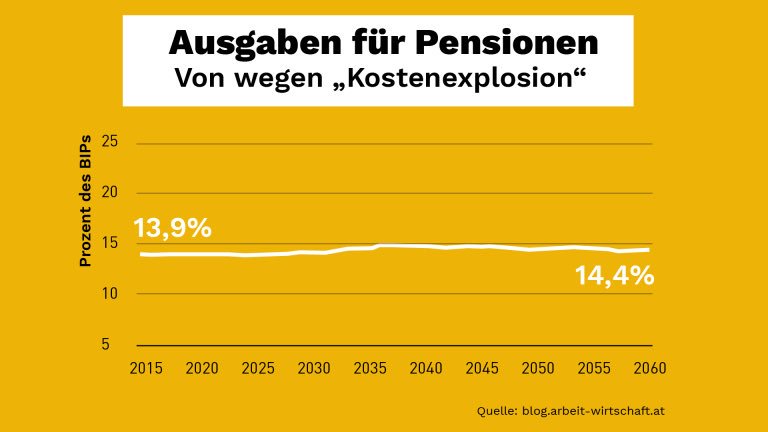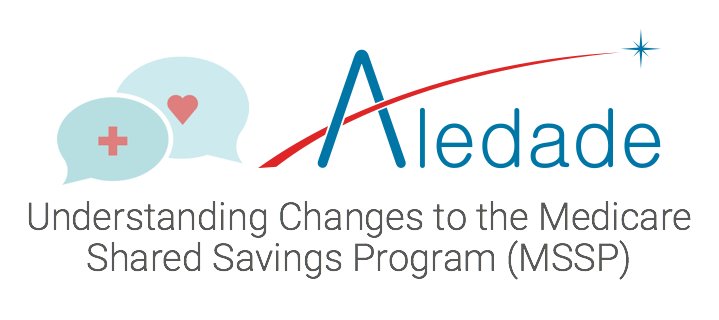•Recovery is nonlinear. Setbacks can be be part of long-term recovery. Relapses are not failure
•Recovery means different things to different people; there is no right or wrong way to recover… #BCPSR
1. Biological factors: psychiatric symptoms and side effects of medication.
2. Personal factors: hope, acceptance, positive sense of self, empowerment, control, personal responsibility, goals, coping skills: #BCPSR
1. Instil hope: develop a positive outlook in a given situation. Strengths based, set goals, emphasizing hope and possibilities instead of limitations, celebrate small successes #BCPSR
3. Empowerment: remove barriers, increase personal capacity, increase access to resources, provide support, provide availability of choices #BCPSR
7. Peer support: Peer support workers offer emotional and social support founded on common experience #BCPSR
•Life goals
•Service user involvement
•Diversity of treatment options
•Choice
•Individually tailored services
•Inviting factors #BCPSR
•Environmental: poor physical environment, unsafe atmosphere, etc.
•Personal: psychiatric symptoms, behavioural problems, cognitive impairment, etc. #BCPSR
Tension 1: lack of agreement between patients’ needs/choices and the structure of the unit (e.g., ward rules and routines can be seen as rigid, but providers have to maintain order for patient safety) #BCPSR





